|
||||||
|
Mark I and II Infantry Rifles, and Cavalry Carbine MkI's would have been the most prolific weapons on the British side during the 1879 Anglo Zulu War. The large, heavy .45 caliber bullets of the Martini-Henry inflicted horrific wounds on the attacking Zulus, and many who limped off the battlefield with bullet wounds died an agonizing, painful, slow death. At Isandlhwana and Rorke's Drift, it is presumed that volley firing commenced at a range of about 400 yards. At this range, the volley firing cut large swaths into the advancing line of Zulu warriors. Considering bullet weight and velocity, it is probable that many rounds fired from 200 yards or less went through one Zulu Warrior, and possibly onto a next, severely wounding or killing him as well. It is estimated that between 20,000 and 25,000 rounds were fired during the defense of Rorke's Drift, the vast majority of the shots having missed their targets altogether. Per Lt. Chard's report, the number of Zulu dead buried by the British was 351. It is estimated that another 300 Zulus died later as a result of wounds sustained during the battle. So, conservatively speaking, every 25th shot fired by the defenders of Rorke's Drift resulted in an eventual Zulu death, and every 50th shot was an outright kill. In general, the Martini-Henry performed well during the Zulu War. It is the contention of some that chronic jams and cartridge feeding problems with the M-H were a contributing factor to the defeat of the men at Isandlhwana. I personally feel this theory to be lacking in factual evidence. While the occasional jam was a fact of life with black powder cartridge arms (moreso if the weapon is being rapidly fired, such as at Rorke's Drift), the M-H performed extremely well if properly cared for. The men who designed the M-H were not idiots, and would not have let a design flaw such as chronic jamming go unnoticed. It was during the Boer War that it became obvious that the large caliber, black powder Martini-Henry was obsolete. Facing small caliber magazine loading weapons, the Martini was clearly outclassed.
Zulu Sounds... "Load!!!"- Lt. Bromhead (Michael Caine) ordering the men of the 24th to load their Martinis. "You will all be killed like those this morning..."- Mr. Witt explaining the likely demise of the soldiers at Rorke's Drift. "The Secretary of State for War has today received the following dispatch from Lord Chelmsford..."- Sir Richard Burton's Intro. "You have made a covenant with death, and with Hell you are in agreement..."- Mr. Witt cursing the soldiers at the Drift.
King Cetswayo, ruler of
the Zulu Nation 1873 to 1883. Cetswayo refused to
bow to the demands of the British, and lead the
Zulu nation against the British during the
Anglo-Zulu War. 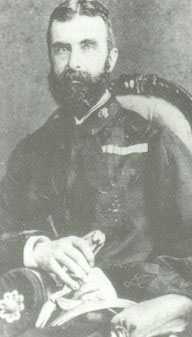
Lord Chelmsford, Commander In Chief of Her Majesty's Forces in Natal Colony, South Africa. In conjunction with Sir Bartle Frere, Lord Chelmsford started the war with the Zulu nation, without approval of the British Government. Isandlhwana. The site
of the worst defeat in Colonial British History.
|


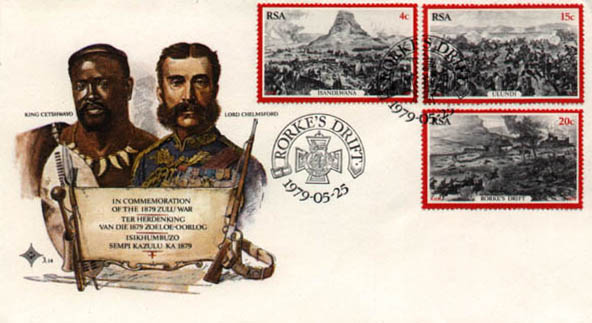
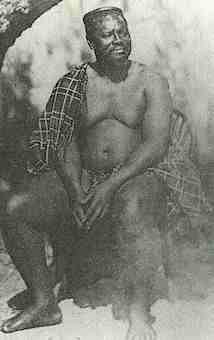
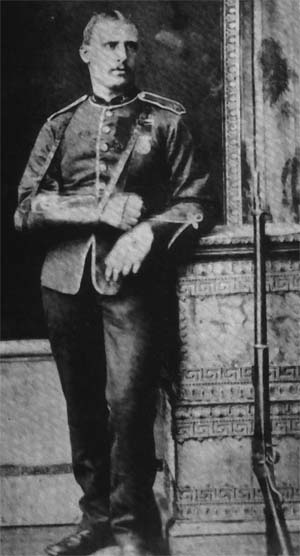
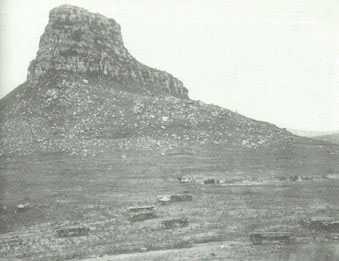
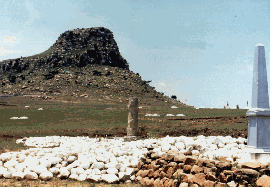 Isandlhwana as it appears today.
Isandlhwana as it appears today.